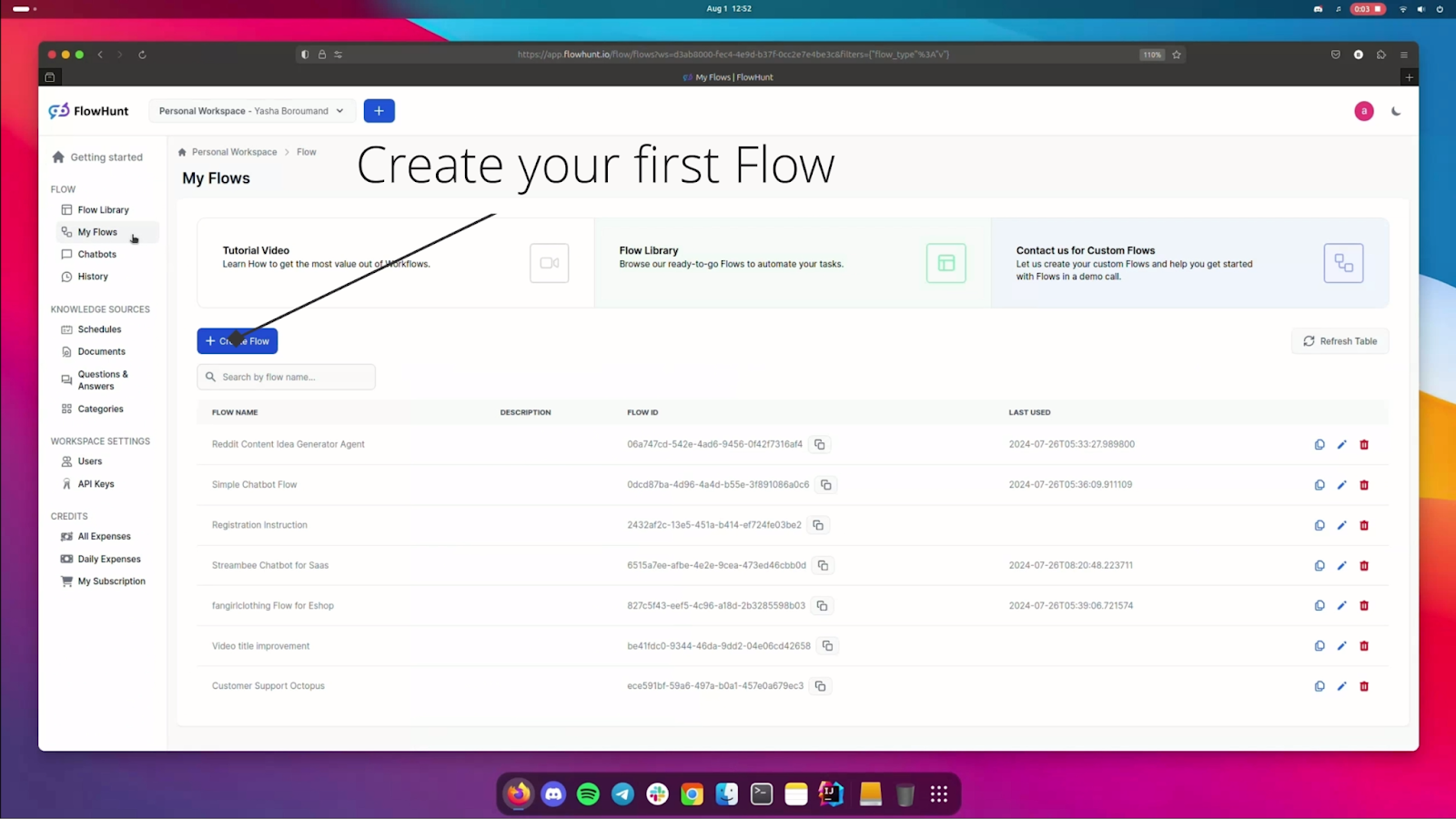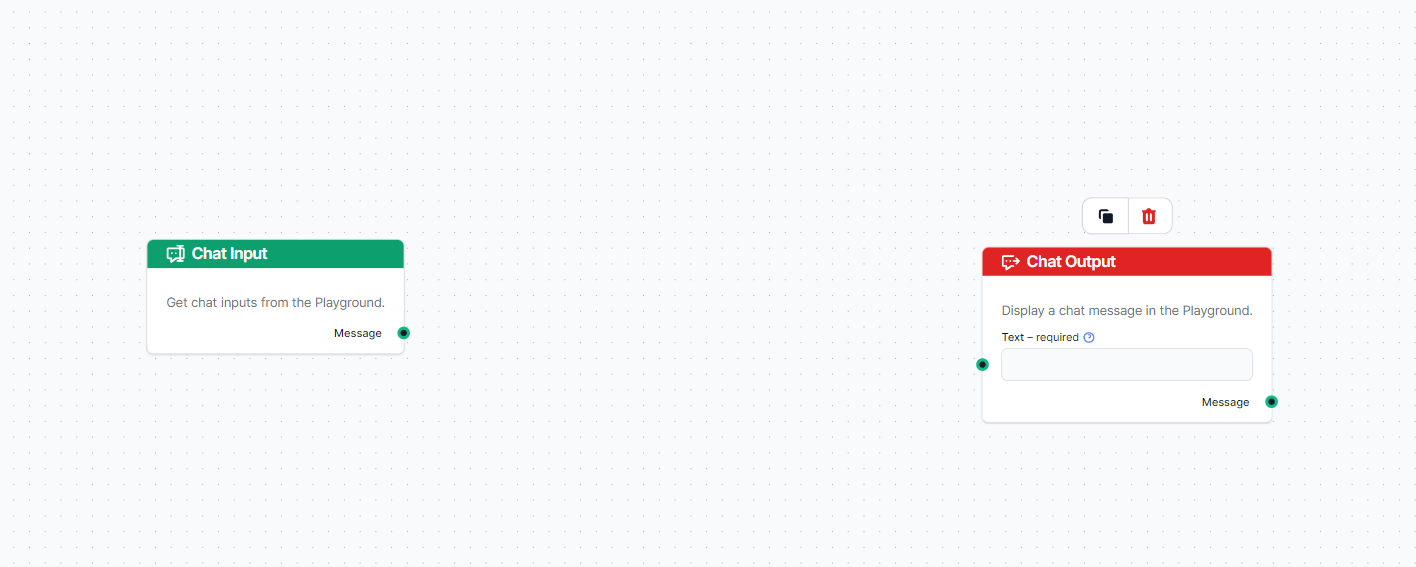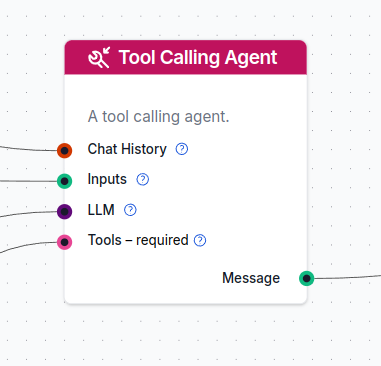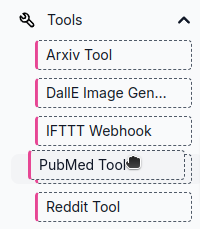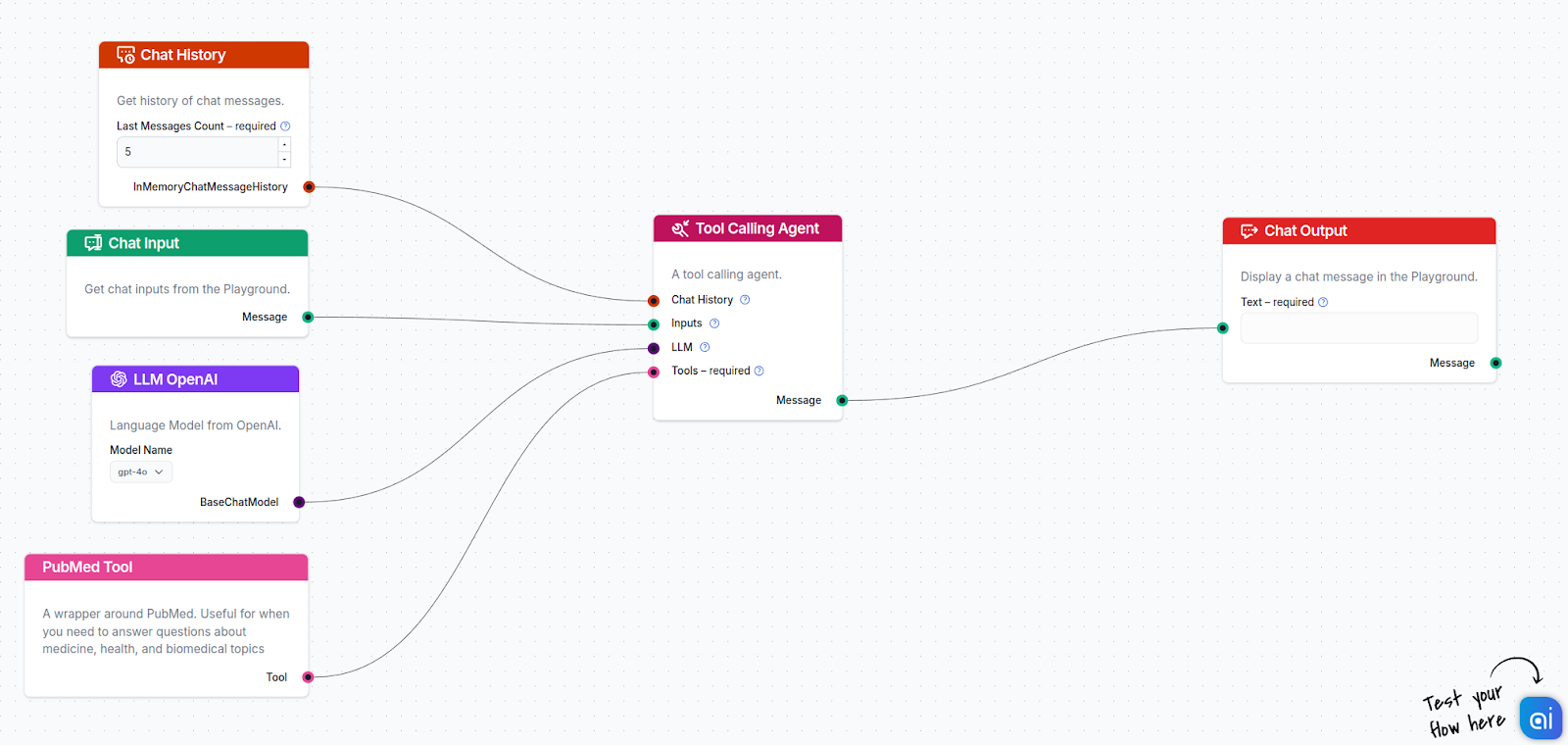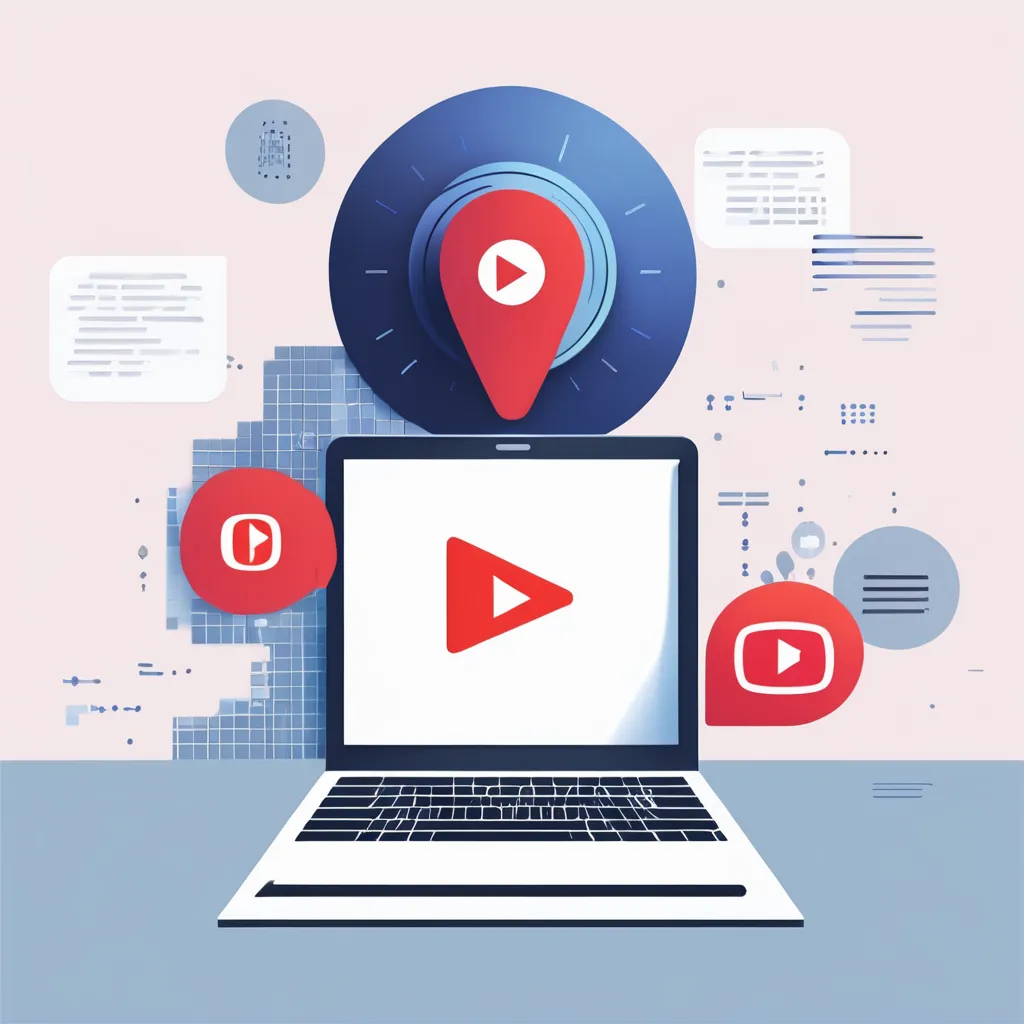
Learning about AI Agents in Workshops
Discover how FlowHunt empowers EU institution employees to master AI agents, bridging the gap between generative AI prompting and autonomous agent implementatio...

Discover how to build a powerful medical chatbot using FlowHunt’s AI agent and PubMed tool for accurate, research-backed medical answers.
An AI agent is an autonomous system capable of perceiving its environment, processing information, and taking actions to achieve specific goals. These agents are designed to mimic human decision-making processes, allowing them to operate independently and make informed decisions without direct human intervention. They can function across various domains, utilizing their ability to learn from experiences and adapt to new information.
In the context of FlowHunt using the PubMed tool, an AI agent can autonomously search through PubMed, retrieve relevant articles, and generate responses based on the latest scientific research.
Tools in AI are specialized software components that extend an AI agent’s capabilities. They assist with tasks such as data retrieval, content analysis, and automation.
AI agents use these tools to perform tasks efficiently, often calling specific tools as needed based on the task at hand.
In summary, AI agents act autonomously to complete tasks, while tools are the software functions they use to enhance their performance. By benefiting from these tools, AI agents can operate more effectively and tackle a broader range of tasks, making them invaluable across various applications. This guide will show you how to implement an AI agent in FlowHunt to utilize the PubMed tool for efficient research.
Before we dive into the technical details of using the PubMed tool, let’s first take a moment to understand what PubMed is, its historical context, and why it has become an indispensable resource for scientific research.
PubMed is a free search engine that provides access to a vast database of references and abstracts on life sciences and biomedical topics. It primarily indexes content from MEDLINE, a premier bibliographic database covering over 5,200 journals in the fields of medicine, nursing, dentistry, veterinary medicine, and health care. Beyond MEDLINE, PubMed also includes articles from other life sciences journals, ensuring comprehensive coverage of topics ranging from molecular biology to public health.
PubMed’s origins trace back to the early 1970s when the National Library of Medicine (NLM), part of the National Institutes of Health (NIH), launched MEDLINE as an online, searchable version of its Index Medicus—a manual index of articles from biomedical journals. MEDLINE revolutionized the way researchers accessed medical literature, providing a centralized and searchable database.
In 1996, PubMed was launched by the National Center for Biotechnology Information (NCBI), a branch of NLM. PubMed was designed to provide free access to MEDLINE and other life sciences databases. Over the years, PubMed has evolved into a critical tool for researchers, clinicians, and educators around the world, expanding its scope to include articles from diverse fields such as biochemistry, genetics, oncology, environmental science, and more.
PubMed is not just a search engine; it’s a gateway to reliable, reviewed, and up-to-date scientific literature.
Why it’s indispensable:
For researchers and academics, PubMed is an essential tool for conducting literature reviews, keeping up with new research, and ensuring that their work is grounded in the latest scientific findings.
Given the vastness of PubMed, navigating it efficiently can be a challenge, especially for those unfamiliar with scientific databases. This is where FlowHunt’s PubMed tool comes into play. The tool simplifies the process of accessing and utilizing PubMed, making it easier to extract relevant and high-quality information for your research or project. By using an AI agent with the PubMed tool, you can automate and optimize this process, saving time and enhancing the quality of your research.
Now that you understand the significance of PubMed and the advantages of using the PubMed tool within FlowHunt, let’s dive into the step-by-step process of creating a research flow. This flow will enable you to harness the full potential of PubMed, transforming how you gather and utilize scientific information.
Once your flow is created, you’ll be presented with a blank canvas. This workspace allows you to easily drag and drop components, connect them, and create a logical sequence guiding the AI agent from input to output.
These two components—input and output—are the foundation of your flow. Everything between these stages determines the quality and relevance of the information the AI agent provides.
With the input and output components in place, the next step is to integrate the AI agent. The AI agent will use the PubMed tool to search for and retrieve relevant scientific information. The agent acts as the brain of your flow—processing the query, determining which tools to use, and orchestrating the retrieval and generation of the response.
To further enhance your flow’s performance, consider adding optional components:
Add the PubMed tool from the tools tab. This tool is designed to interact with the PubMed database, allowing the AI agent to:
This transforms your chatbot into a powerful research assistant, capable of sifting through millions of articles and delivering concise, accurate summaries.
With all your components in place, connect them as follows:
The system message guides the AI agent on its specific role and function, acting as its instruction manual. Customizing this message tailors the agent’s behavior to your research goals.
Consider:
Our Prompt:
You are a medical assistant that will give detailed answers based on real scientific research.
Test your AI agent by inputting specific queries and observing how it processes, searches PubMed, and delivers responses. Pay close attention to quality, accuracy, and relevance. If results aren’t as expected, adjust components, system message, or connections for optimization.
After testing, review the AI agent’s performance:
Tweak components, system message, or add tools as necessary. Optimization is ongoing as new research and tools become available.
By following these steps, you’ve created a research flow that is both simple and powerful. With the PubMed tool integrated into your FlowHunt setup, you can quickly access a vast repository of scientific literature, transforming the way you gather, analyze, and apply research.
To help you replicate this setup, here’s a screenshot of all components and the prompt used in our example flow:
Thank you for following along with this detailed guide! We hope it has provided you with the knowledge and confidence to create your own powerful research flow using the PubMed tool in FlowHunt. If you have any questions or encounter issues, leave a comment below and we’ll address your queries as soon as possible.
With the right tools, navigating the world of scientific literature doesn’t have to be daunting. The PubMed tool within FlowHunt empowers you to access, understand, and apply the latest research in your field. Whether conducting academic research, preparing a report, or exploring a new topic, this flow helps you unlock the full potential of PubMed. Create your flow and embark on a journey of discovery and innovation today!
FlowHunt's PubMed tool allows AI agents to search, retrieve, and summarize biomedical literature from PubMed, providing accurate and evidence-based answers to medical queries.
You can create a medical chatbot by setting up a research flow in FlowHunt, integrating an AI agent with the PubMed tool, and configuring input/output components for efficient, research-backed responses.
AI agents automate the process of searching and analyzing scientific literature, saving time and ensuring that medical answers are accurate, up-to-date, and based on peer-reviewed research.
No coding is required. FlowHunt offers a no-code platform where you can drag and drop components to build custom AI chatbots easily.
Arshia is an AI Workflow Engineer at FlowHunt. With a background in computer science and a passion for AI, he specializes in creating efficient workflows that integrate AI tools into everyday tasks, enhancing productivity and creativity.
Effortlessly create medical chatbots with FlowHunt's PubMed tool and AI agents. Access reliable, up-to-date scientific research for accurate medical responses.
Discover how FlowHunt empowers EU institution employees to master AI agents, bridging the gap between generative AI prompting and autonomous agent implementatio...
Learn how to use AI agents with FlowHunt to extract key points and summaries from YouTube videos. Discover step-by-step instructions to automate content extract...
Discover FlowHunt's Multi-source AI Answer Generator—a powerful tool for accessing real-time, credible information from multiple forums and databases. Ideal for...
Cookie Consent
We use cookies to enhance your browsing experience and analyze our traffic. See our privacy policy.
